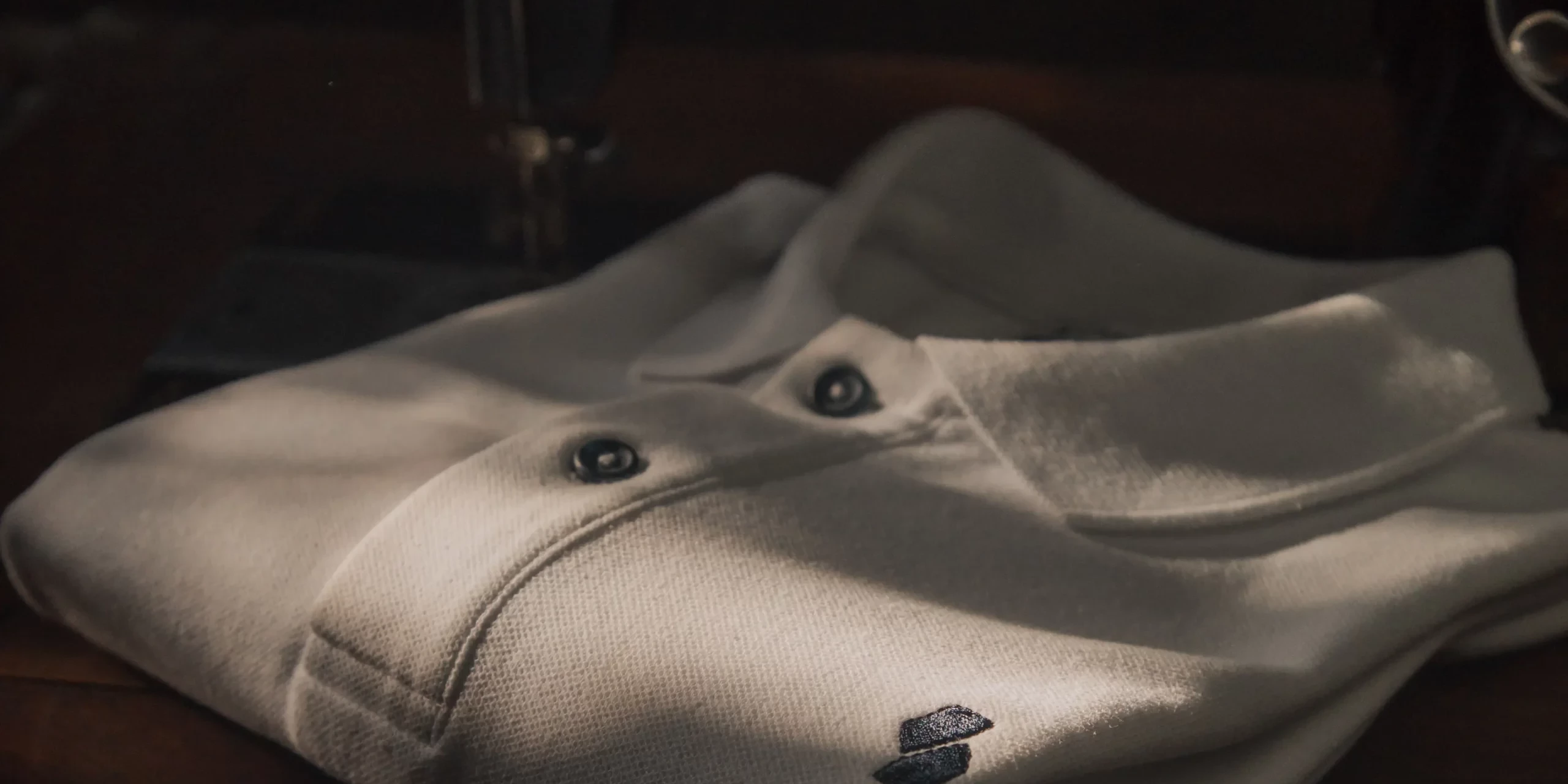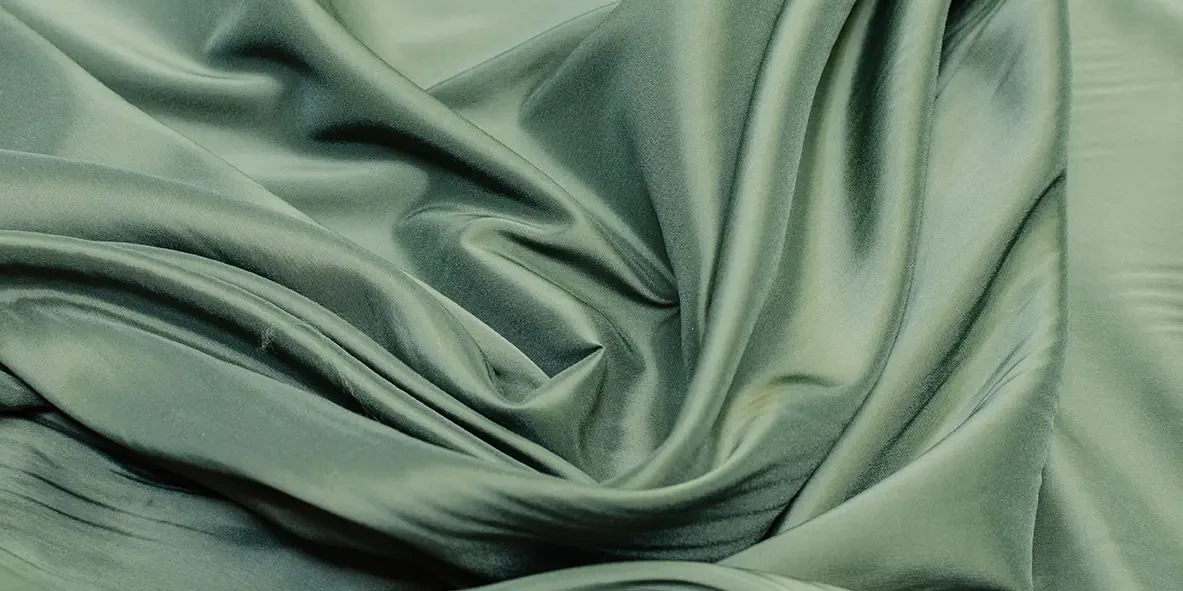Muslin, a textile renowned for its sheer elegance and soft touch, has a history that dates back to ancient times. In this article, we will explore the origins, characteristics, modern applications, and even its presence in pop culture. Muslin has left an indelible mark on the textile industry and has become a versatile fabric of choice for various purposes.
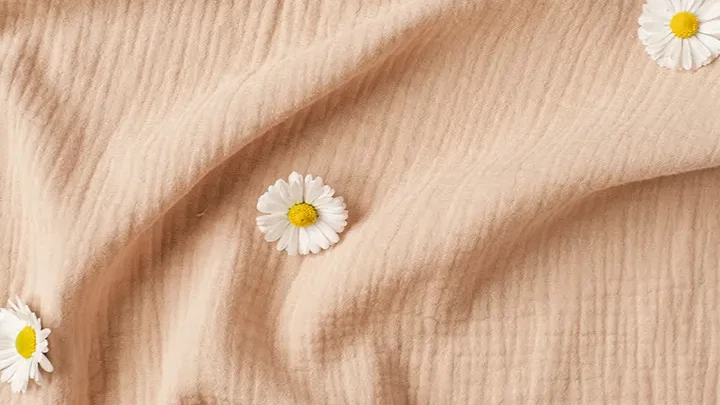
The Origin and History of Muslin
Introduction to Muslin Fabric
Muslin, often referred to as the “wonder fabric,” is a lightweight and finely woven cotton textile. Its name is thought to have originated from the ancient South Indian city of Mosul, which was known for its exquisite textile production. Muslin is celebrated for its versatility and is highly sought after for its soft, breathable, and delicate texture.
Ancient Origins of Muslin
Muslin’s history can be traced back to ancient India, where it was woven by skilled artisans using hand-spun cotton yarn. The delicate and airy fabric gained immense popularity both within the Indian subcontinent and beyond.
Muslin in the Middle Ages
During the Middle Ages, muslin became highly coveted in the Middle East, Europe, and Asia. Its reputation as a fabric of luxury and finesse led to its extensive use in clothing, particularly among the elite and the royal courts.
The European Fascination with Muslin
The allure of muslin reached its zenith in Europe during the 18th century. European traders, particularly from Britain and France, were enchanted by the fabric’s delicate nature. The fascination with muslin sparked a global trade, and it was soon regarded as a symbol of elegance and refinement.
Characteristics and Properties
The Lightweight and Breathable Nature of Muslin
Muslin’s defining quality is its lightweight and breathable character. This makes it an ideal fabric for hot and humid climates, and it is a popular choice for summer clothing and accessories.
Versatility in Muslin’s Usage
The versatility of muslin extends beyond clothing. It is used for a wide range of applications, from household items like curtains and tablecloths to art canvases and theatrical backdrops.
Muslin’s Natural Drape and Texture
The natural drape and texture of muslin make it a favorite among fashion designers. Its ability to hold intricate folds and pleats adds to its charm, making it an excellent choice for creating flowing, ethereal garments.
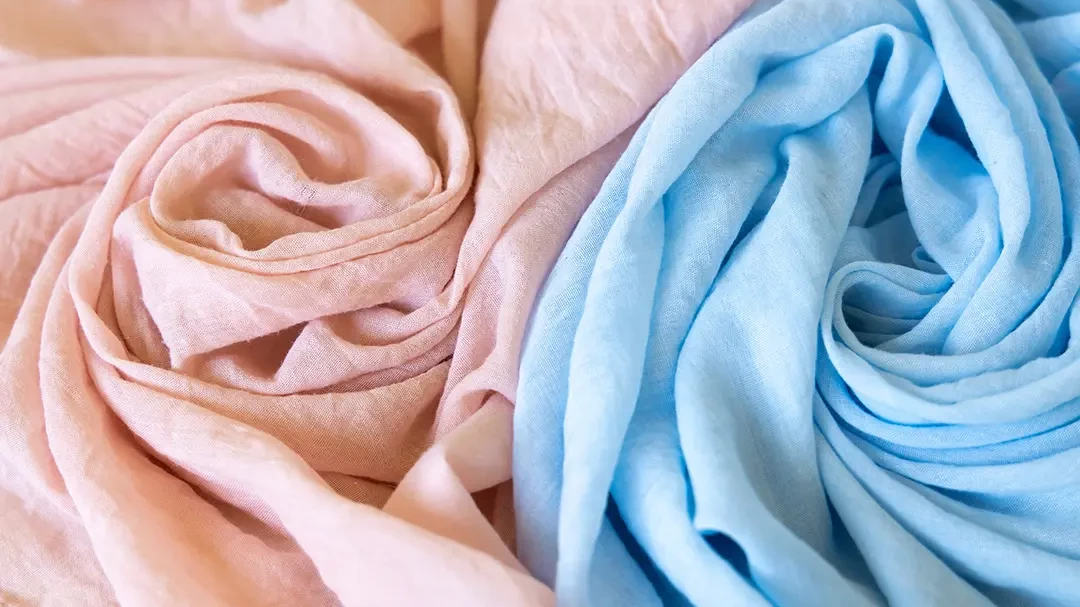
Modern Applications of Muslin
Fashion and Clothing Industry
In the contemporary fashion world, muslin is still highly regarded. It is used for creating prototypes and samples before finalizing designs, due to its easy-to-manipulate properties.
Home Textiles and Decor
Muslin’s simplicity and elegance make it a staple in home textiles. It is often chosen for curtains, bed linens, and even baby blankets due to its softness and breathability.
Medical and Baby Products
Muslin is a safe choice for baby products, including swaddle blankets and bibs, owing to its gentle touch. Moreover, it is used in the medical field for wound dressings and bandages due to its hypoallergenic qualities.
The Production Process
Cultivation and Harvesting of Cotton
The quality of muslin begins with the cultivation of fine cotton. Specific cotton varieties with long, fine fibers are cultivated to produce high-quality muslin.
The Weaving of Muslin Fabric
The intricate weaving process of muslin involves handloom weaving or advanced mechanical looms. The careful interlacing of fine threads results in the fabric’s characteristic delicacy.
Dyeing and Finishing Techniques
Muslin can be dyed in a variety of colors and patterns, and it is often given finishing treatments to enhance its softness and texture.
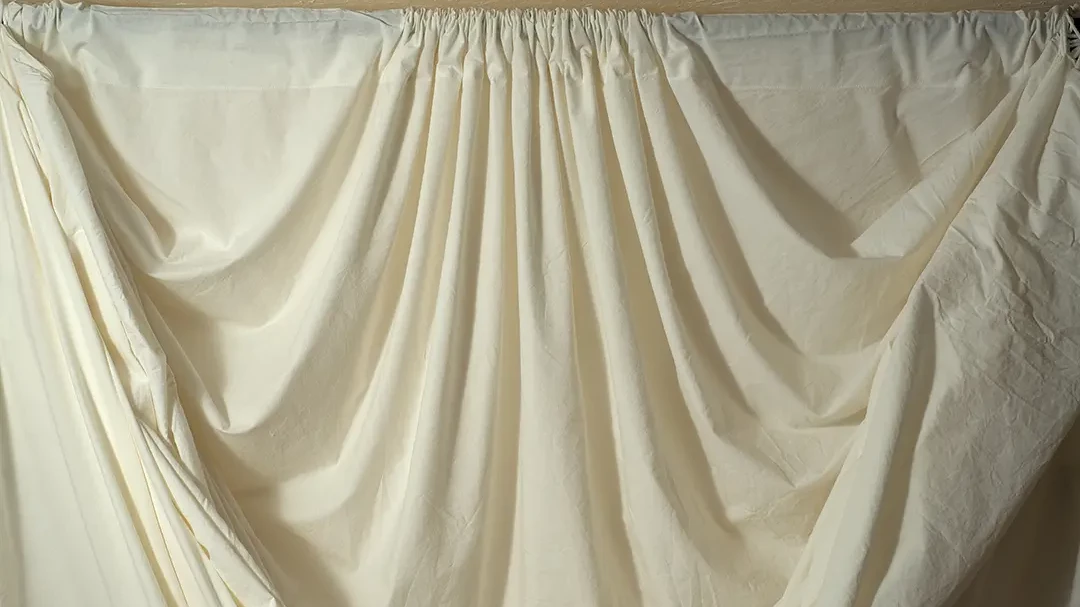
Muslin in Pop Culture
Muslin in Literature and Art
Muslin has made its way into literature and art as a symbol of purity and delicacy. It has been used metaphorically in countless creative works to evoke elegance and grace.
Contemporary Uses in Films and Photography
In modern times, muslin is a popular backdrop material in the film and photography industries. Its soft and even texture provides an ideal canvas for capturing stunning visuals.
In conclusion, muslin is a fabric with a rich history and enduring appeal. Its lightweight, breathable, and versatile nature has made it a favorite among designers and consumers alike. From ancient origins to contemporary uses in various industries, muslin continues to enchant with its timeless elegance.

